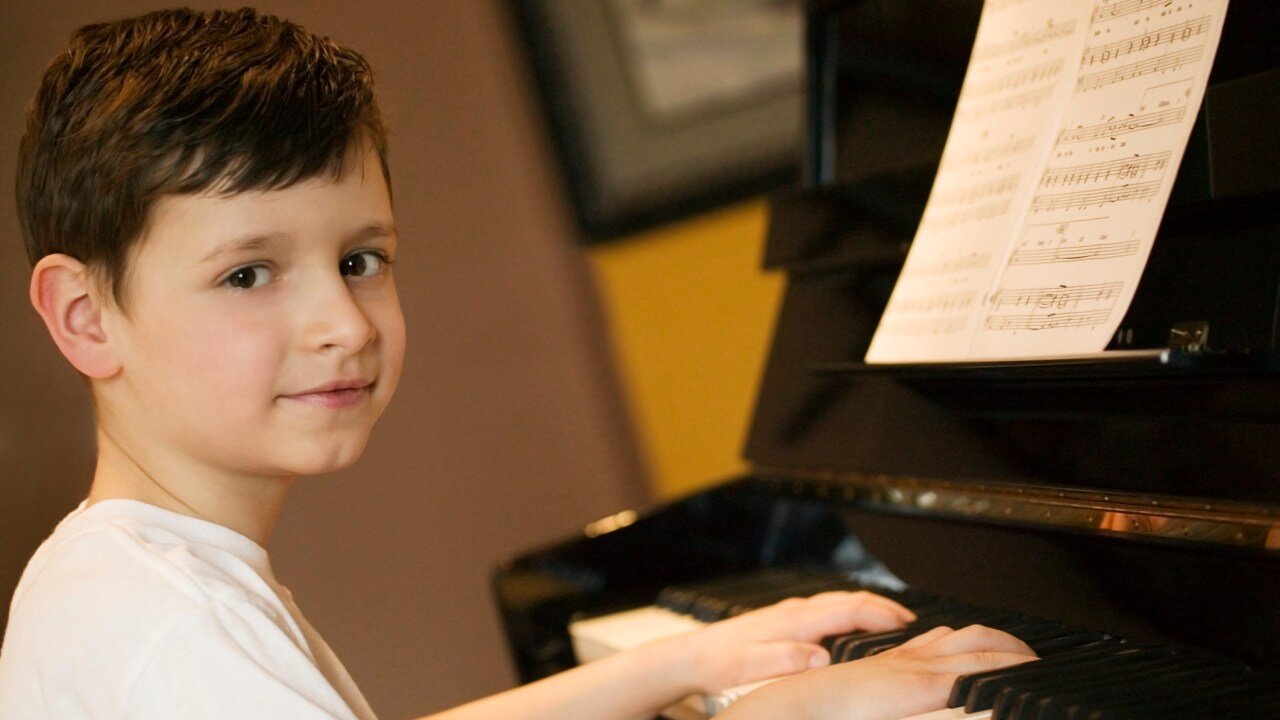Music as Medicine


“Traditional learning programs helped my son, who has ADHD and other special needs, concentrate and focus — but nothing helped him as much as music,” says Sharlene Habermeyer, M.A., author of “Good Music, Brighter Children.” Music as medicine is a powerful tool and Stages Music Arts wanted to take a moment to highlight this important topic.
Studies show that music can help children with learning disabilities such as ADHD. Group and individual music lessons can improve physical, cognitive, emotional and behavioral learning challenges in children over time.
All from finding strength in the power of music!
A snippet from the full article:
To support Brandon in school, I created musical games. For instance, I made up musical jingles to teach him spelling. We clapped out rhythms while learning addition, subtraction, and multiplication facts. I created songs, jingles, and rhyming couplets for material he was learning in social studies, science, and language arts. Coupled with formal music lessons, concepts became easier for him to grasp and understand. His ability to concentrate and focus for longer periods increased each year. After a long, hard climb, Brandon was accepted to a four-year university, and he eventually graduated with straight A’s in film and philosophy.
Here are the sound strategies I used with Brandon. I have no doubt that they will work with your child as well.
Start group music lessons. When he is about 18 months old, find a group music program for your child.
Get into the rhythm. Our biological systems work on precise rhythms (think heartbeat). If these rhythms are out of sync, it is hard for anyone to focus and stay on task. Using rhythm instruments is a powerful way to sync the natural biorhythms of the body, allowing the child to feel “in tune” with his environment. So put on music with a strong beat — the “Baby Dance” CD is good — and beat out, bang out, or clang out the rhythm of the music with your child.
Dance to the music. Movement for a child with ADHD is a must! In fact, movement is an indispensable part of learning, thinking, and focusing. As a child moves to different cadences and rhythms, his physical coordination and ability to concentrate improve.
Draw what you hear. Many children with ADHD are creative and in search of creative outlets. Drawing or doodling engages motor skills, organizes the brain, and stimulates artistic juices. After a busy day at school, and before your child jumps into homework, give her paper and crayons, put on some classical music, and let her draw.
Sign up with your email address to receive news and updates.
Notifications